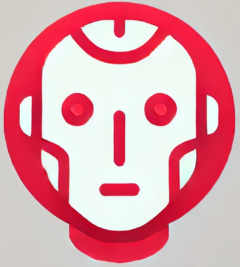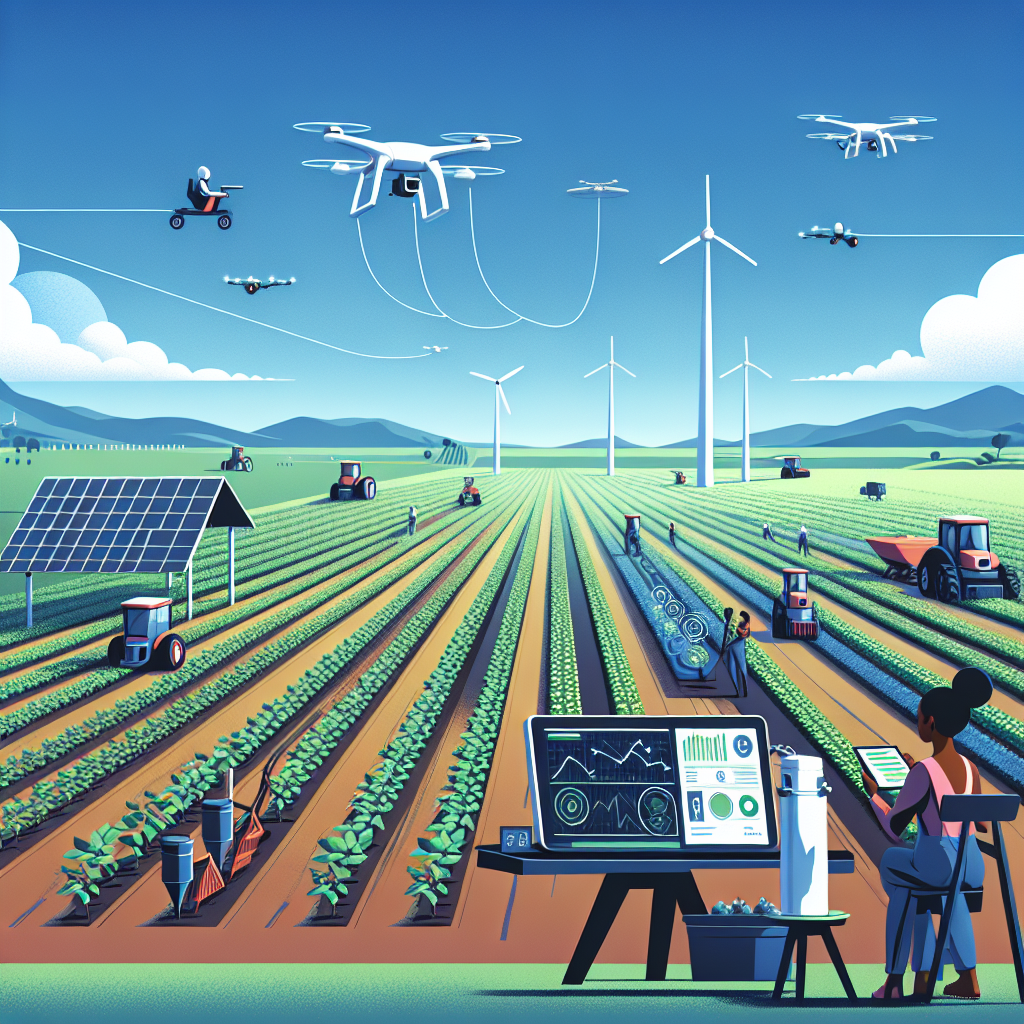AI Farming Revolutionizes Modern Agriculture
In 1940, American farmer George Washington Carver once said, “Agriculture is the foundation of civilization.” Fast forward to today, and that foundation is being reinforced not by oxen or plows, but by algorithms and neural networks. AI farming revolutionizes modern agriculture by transforming how we grow, monitor, and distribute crops—one data point at a time.
Smarter Fields Through Precision Agriculture
Artificial Intelligence is no longer a futuristic concept for farmers. AI-powered systems are embedded in tractors, drones, and irrigation systems, making everyday farm decisions faster, more accurate, and more sustainable. Precision agriculture—powered largely by AI—enables farmers to apply fertilizers, water, and pesticides only where needed, reducing costs and environmental impact.
Key AI Technologies Driving Agricultural Change
These are the main technologies helping farmers adapt to modern challenges:
- Computer Vision: Drones and satellite imagery use computer vision to assess crop health, detect pests, and map fields with incredible accuracy.
- Predictive Analytics: AI algorithms analyze environmental data to predict yield outcomes, price fluctuations, and optimal planting times.
- Robotic Harvesting: Robotics guided by AI can identify and pick ripe produce, minimizing waste and labor shortages.
- Sentiment Sensors: Soil and weather sensors feed real-time data to AI systems, helping refine planting and irrigation strategies.
Tangible Benefits for Farmers and Consumers
Farms equipped with AI are already showing measurable benefits:
- Increased Crop Yields: Real-time analysis and early pest detection lead to healthier plants and higher yields.
- Reduced Resource Usage: AI ensures minimal use of water, chemicals, and energy, promoting sustainability.
- Lower Costs: Automation cuts down manual labor and improves operational efficiencies across farming tasks.
These outcomes aren’t just good for farmers—they benefit consumers worldwide by creating a more reliable and cost-effective food supply chain.
Case Studies: Leading the AI Farming Frontier
Companies like John Deere and startups like Blue River Technology are at the forefront. John Deere’s smart tractors, equipped with AI-driven sensors and IoT connectivity, allow for fully autonomous operation. Similarly, Blue River’s “see and spray” technology uses machine learning to target weeds, saving up to 90% on herbicide usage.
Challenges and Ethical Considerations
As AI continues to revolutionize agriculture, it’s not without challenges. Data privacy, farmer training, and access to technology remain significant hurdles. There’s also growing concern over ownership of data collected from farms and how it’s used by large agritech companies. Striking the right balance between innovation and equity is crucial for long-term success.
The Future of AI Farming
The future is bright for agriculture as AI pushes the envelope even further. From vertical farming in urban settings to climate-resilient crop breeding through machine learning, the potential is limitless.
For more about how technology is reshaping agriculture globally, check out this report on AI in agriculture from Food Dive.
Indeed, as AI farming revolutionizes modern agriculture, it doesn’t just cultivate crops—it cultivates a better, more efficient food system for future generations.

